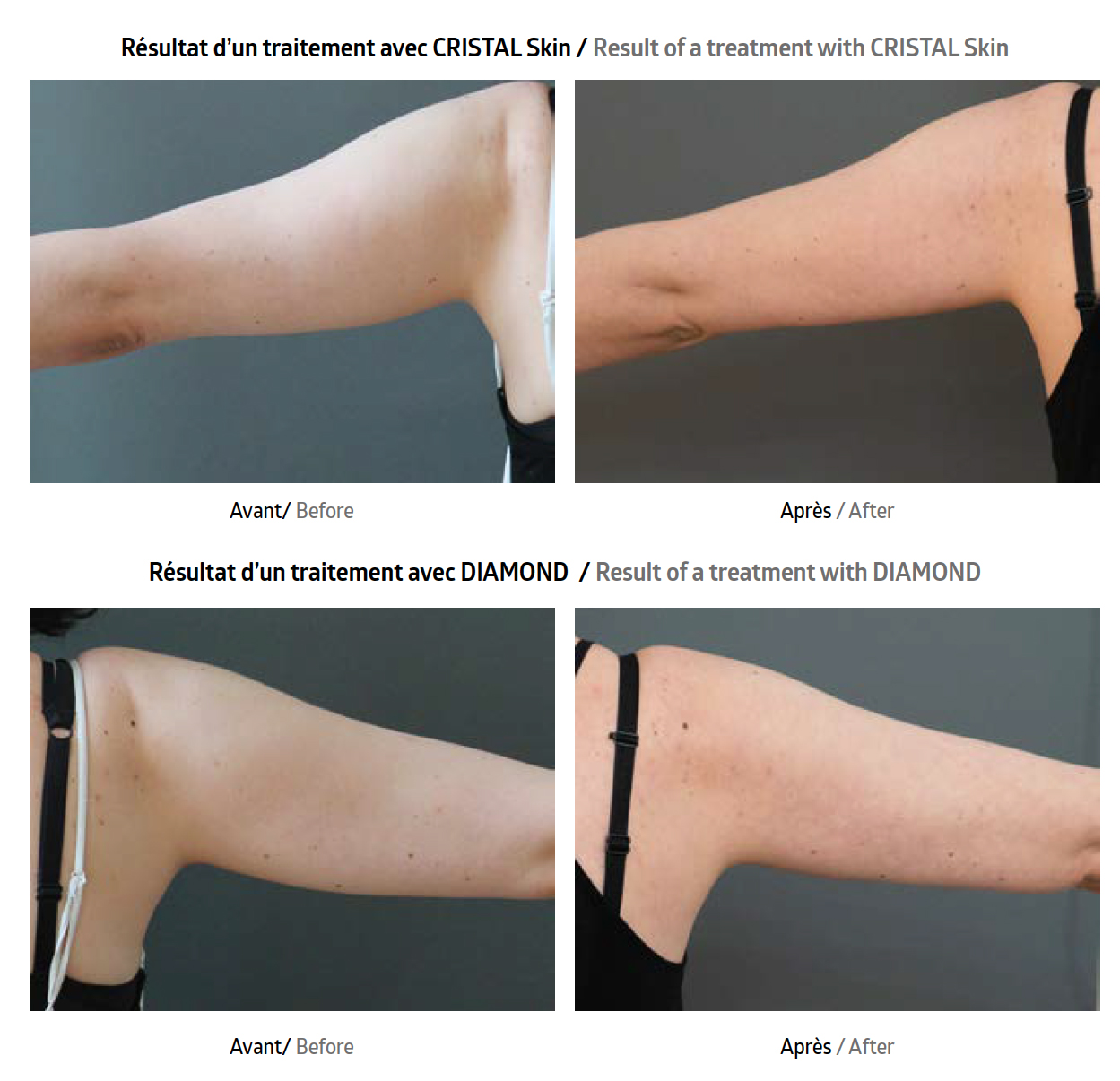Dr. Véronique Emmenegger
Vitiligo: a confidence-reducing dermatological condition!
Vitiligo is a common dermatological condition that is characterised by depigmentation of the skin. Although it is often considered benign, vitiligo can be a source of major psychological complexes and cause a signifi cant drop in affected patients’ self-esteem, especially when it affects the more visible areas of the body like the face and hands or the genital area.
 Beyond its signifi cant psychological impact, vitiligo can prove to be a daily challenge, especially during the sunny seasons. Since vitiligo patches are devoid of pigment, they are no longer protected from the sun and redden more quickly. For those who suffer from the condition, sunscreen is therefore essential in order to avoid sunburn.
Beyond its signifi cant psychological impact, vitiligo can prove to be a daily challenge, especially during the sunny seasons. Since vitiligo patches are devoid of pigment, they are no longer protected from the sun and redden more quickly. For those who suffer from the condition, sunscreen is therefore essential in order to avoid sunburn.
In most cases, vitiligo initially affects only a small area in which depigmentation occurs but then spreads over the course of months or years. More rarely, it is localised to a single, well-defined area of the face or body.
Vitiligo is a pathology about which much is still unknown. Although it was long considered to be untreatable, researchers have begun looking for solutions to the condition, which affects between 2% and 3% of the European population. Several vitiligo treatments are now available, including topical immunomodulators (creams), UVA/UVB phototherapy, skin grafts and, more recently, excimer laser therapy.
How does laser treatment for vitiligo work?
It is only recently that the excimer laser made its appearance in the field of dermatology. Thanks to its selectivity and its pro-pigmenting effect, the 308-nm excimer laser effectively treats vitiligo by emitting a wavelength in the UVB spectrum. In practice, excimer laser therapy and narrow-spectrum UVB phototherapy (311 to 313 nm) offer the best therapeutic results. The advantage of the excimer laser lies in its selectivity: only the affected areas are treated. The laser-treated area is therefore smaller than that in traditional phototherapy.
Promising results
Excimer laser therapy is well tolerated by the patients. It should be recommended mainly for patients with mild and recent cases of vitiligo. The results obtained on the face are particularly spectacular. The 308-nm wavelength delivered by the excimer laser appears to be the most suitable for stimulating melanocytes and therefore repigmentation. Thanks to its adapter tip, the laser can effectively treat both small and medium-sized lesions. Treatment takes place on average twice a week, with a minimum of ten sessions being recommended for the face, double for the body. The results obtained will depend on the area(s) being treated: repigmentation of between 80% and 100% is likely to be observed on the face, while a repigmentation percentage of approximately 60% is possible on the torso. On the back of the hands, however, the efficacy of the treatment is slightly less.
Excimer laser therapy can be used alone or in conjunction with conventional treatments. Studies are also being conducted on new biological molecules that are administered internally to aid immunity. Although Excimer laser therapy cannot remove all forms of vitiligo, it represents a major advancement in the treatment of vitiligo, in particular those forms affecting the face.
 Dr. Véronique Emmenegger: Doctor of medicine. Double specialist qualification from the FMH (Swiss Medical Association) in Clinical Dermatology, Venereology, Allergology and Immunology. In 1998, she co-founded the Clinic Lémanic in Lausanne, Switzerland – a clinic dedicated to anti-aging, skin health and beauty – where she has been Medical Director for 20 years. Winner of several international awards, including the IIPP Prize for Merit for the Development of Technology in Aesthetic Medicine at the UNESCO in Paris.
Dr. Véronique Emmenegger: Doctor of medicine. Double specialist qualification from the FMH (Swiss Medical Association) in Clinical Dermatology, Venereology, Allergology and Immunology. In 1998, she co-founded the Clinic Lémanic in Lausanne, Switzerland – a clinic dedicated to anti-aging, skin health and beauty – where she has been Medical Director for 20 years. Winner of several international awards, including the IIPP Prize for Merit for the Development of Technology in Aesthetic Medicine at the UNESCO in Paris.
More informations: cliniclemanic.ch












